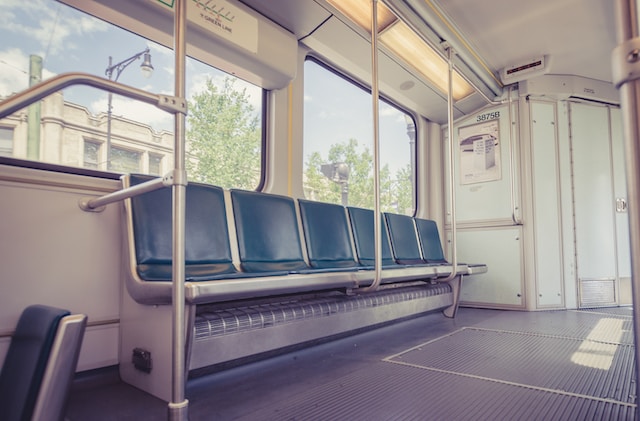Shuttling thousands of passengers a day across a wide network of buses and trains, the Chicago Transit Authority serves as a lifeline for Chicagoans and tourists seeking to arrive at work, school, or recreational activities. There are 129 separate CTA bus routes and 145 “L” train stations, which service well over 3 million passengers a year.
As a Glendale Accident Injury Lawyer, I provide legal services to individuals injured while using public transit systems, such as the Chicago Transit Authority. Given concerns about safety, my role involves thorough investigations into incidents to determine if negligence played a part in any injuries sustained. We assess all aspects, from operator error to inadequate safety measures, and advocate for just compensation for the injured. My expertise ensures that clients navigate the legal process effectively, securing the support they need to recover.
While it may not be as friendly to non-drivers as other cities, Chicago has the second-largest transportation system in the United States, with over 1,800 buses and 1,200 trains. With such a large fleet, there are bound to be accidents and mechanical failures that imperil the lives of passengers, pedestrians, and other drivers. This is confirmed by an ABC Chicago report, which noted that an accident occurs on CTA vehicles once every 36 hours.
Compensation for those injured on a CTA vehicle is somewhat difficult because the statute of limitations, which is usually two years for personal injury lawsuits in Chicago, is only one year for these accidents. This is why it’s essential for those harmed on a CTA bus or train to contact a Chicago train accident lawyer as soon as possible in order to receive the compensation they deserve.
But how safe is the CTA exactly? Today, we’ll explore some of the statistics to uncover the truth about the safety of this popular transportation network.
CTA Ranks Number One in Transit Deaths
According to an analysis of federal transit safety data by NBC 5 in 2014, the CTA system had the highest fatality and collision rate in comparison to other large metropolitan areas; it even outranked New York, the largest transit system, in the number of transit deaths.
While this statistic was from nine years ago, accidents continue to occur with alarming frequency. One of the most recent incidents involved a CTA employee who was struck and killed by a Brown Line train after being electrocuted by the third rail and rendered immobile.
The problems on the CTA are particularly exacerbated by the fact that ridership has increased 7% from 2022 to 2023 – but at the same time, worker shortages are leading to drivers and train operators working extreme levels of overtime. WTTW News reported in late 2022 that some drivers were working up to 80 hours a week due to work shortages, which only heightens the risk of serious accidents that may severely injure or kill passengers, pedestrians, and employees.
Violent Crime Is Up on Chicago Buses and Trains
The trouble for passengers and drivers doesn’t end with collisions or mechanical failures, either: violent crime is a major issue across the entire fleet. It’s particularly centered around the Red Line, which is one of the eight CTA “L” lines that service Chicago and its surrounding suburbs.
In 2022, CBS News reported that nearly 500 people had experienced an act of violence on a bus or train that year, according to Chicago Police Department reports. This may not reflect the true numbers, as some passengers may not have reported the crime to the police.
The issues have continued this year as well: ABC7 reports that three female suspects beat and robbed a passenger while on a Red Line train near the 79th Street station in April 2023. Meanwhile, NBC5 noted that a CTA worker had been pushed onto the tracks in May 2023, while a passenger was shot on a bus in the city’s Chatham neighborhood.
This violence is so severe that the CTA’s union noted it has had a chilling effect on hiring, which only exacerbates the overtime issues that have plagued the transit system for almost a decade. In 2022, the CTA lost almost 250 drivers from attrition, and while it continues to push for better recruitment, the numbers are not improving.
Major Changes Are Needed to Keep Drivers and Passengers Safe
Clearly, the CTA has numerous issues, particularly regarding rail safety, staffing, and policing, which makes it one of the most unsafe transit systems in the United States. With the high number of collisions, fatal accidents, and acts of violence against passengers or operators, it’s clear that the city must do something in order to protect those that use this vital lifeline from serious accidents or violent crime.
While the CTA is taking initiative, particularly concerning recruitment and closer partnerships with the Chicago Police Department to boost policing, it may be too little, too late for those directly impacted by the transit authority’s failures to maintain a safe environment. As a common carrier, the transit system has a duty of care to its passengers and employees as directed by the Metropolitan Transit Authority Act, which it is failing to provide.







